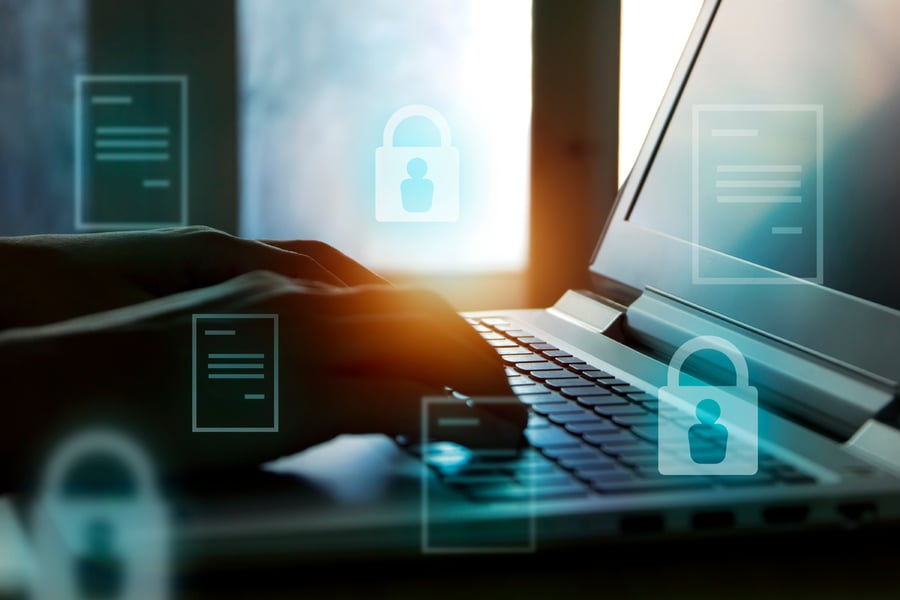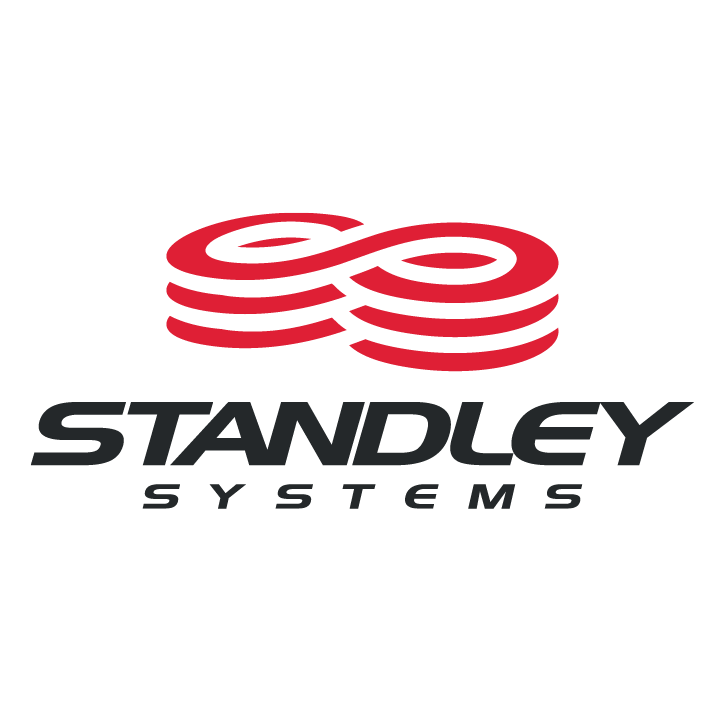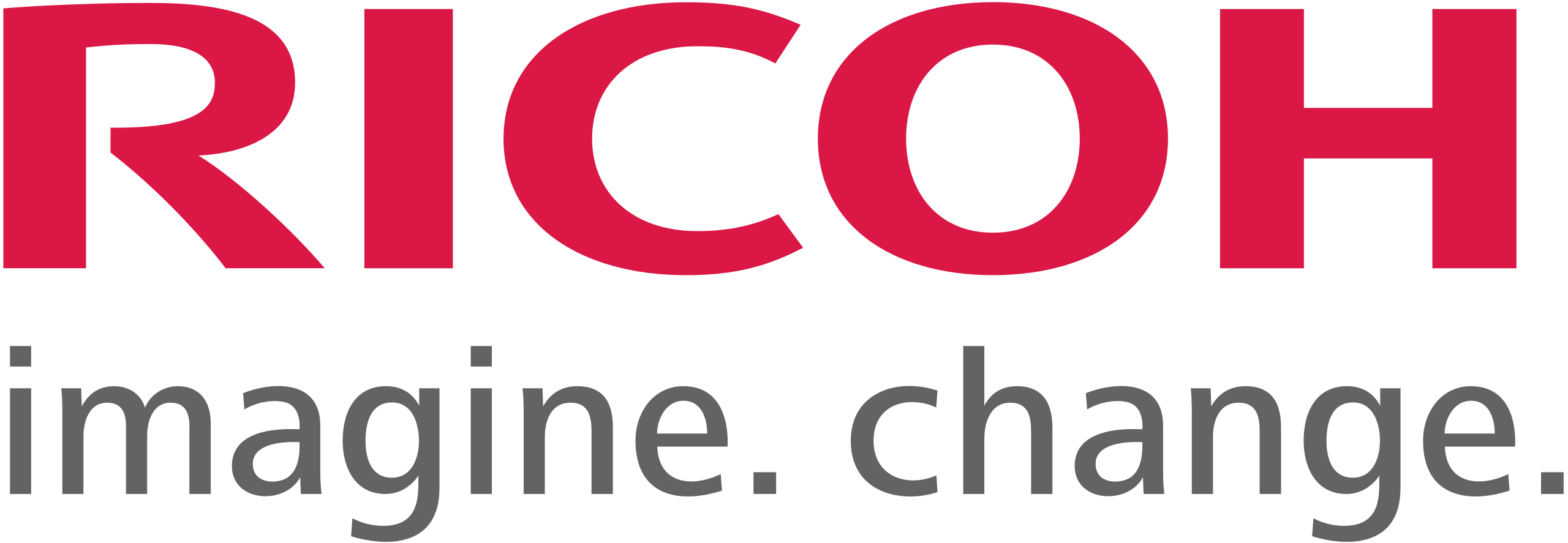4 min read
The Top Security Features Every Document Management System Should Have
By:
Standley Systems Staff
on
March 26, 2025
Updated: March 26, 2025

According to IBM, the average cost of a data breach is $4.88 million, a number that continues to increase each year and is at its highest total ever. This kind of loss could shut a small business down entirely. A breach of important documents can result in not just monetary losses but damage to the company's reputation and trust as well.
In recent years, the risk of cyberattacks and data breaches has notably increased. On top of that, human error can also make documents susceptible to unauthorized access.
While keeping your documents in a document management system (DMS) is an intelligent approach, it works only if the DMS has certain security features. These include multi factor authentication (MFA), access control, encryption, and regular backups. Let's discuss these security features and their importance in detail.
Encryption for Stored and Transmitted Files
Encryption means your files are encoded to be seen only by authorized parties. Without encryption, your files are like an open book, especially if you use a cloud-based DMS.
There are two main types of encryption. First is data encryption at rest, which protects files while they're stored in the system, whether that's on a local server or in the cloud. If someone were to gain access to your storage, the encrypted files would be useless to them without the decryption key.
Then, there's data encryption in transit, which keeps files secure while they're being sent from one place to another, like when you share documents between team members or clients. Without this encryption, your data could be intercepted mid-transfer.
For the highest level of security, look for systems using AES-256 encryption, as it's the gold standard and widely trusted across industries. Ideally, your DMS should have end-to-end encryption, which means your files are secure from the moment they leave your device until they reach the intended recipient.
A managed service provider (MSP) maintains optimum security levels by regularly updating its encryption protocols. An MSP also complies with industry standards like the General Data Protection Regulation (GDPR) and Health Insurance Portability and Accountability Act (HIPAA). Service Organization Control Type 2 (SOC 2) compliance is also essential for document management systems targeted at enterprise-level organizations.
Role-Based Access Control
The way documents are used across an organization differs between departments and by employee seniority levels. Not every employee should have access to every document. When you grant unsupervised access, the chances of human error increase.
Role-based access control (RBAC) helps limit access based on the user's role within the company. Simply, employees get to see only the files they need to do their job. Everything else is confidential since it's not directly relevant to their responsibilities.
In a DMS, you can define roles like employee, manager, project manager, administrator, and so on. Each role has certain permissions. For example, the project manager can add, edit, view, and share files. However, an employee may be able only to view and share.
Similarly, you can limit the level of access. Top-level employees can access all files in a folder or category, while their subordinates can view only the files they're working on.
Role-based access can also be department-based, such as only the accounting team having access to financial documents, and HR to employee records. If your organization deals with clients, each client's file can be visible only to their team.
Such control minimizes the risk of data leaks, both intentional and accidental, for small businesses. Since no one can snoop around unrestricted, the risk of human error decreases. The chances of accidentally deleting or changing a vital document are also lowered.
MFA for Secure Access
Passwords alone aren’t enough to keep your data secure. Employees often use weak passwords—birthdays, predictable sequences like "123456" or "abcdef"—or worse, reuse the same password across multiple accounts. If a password is compromised and no additional security measures are in place, your Document Management System (DMS) becomes an easy target for unauthorized access.
This is why multi factor authentication is necessary. It acts as an additional layer of protection, requiring two or more forms of verification. Even if someone steals your password, they still can't get in without the second or third factor.
A standard option is an SMS code: The user gets a temporary code sent to their phone, which they have to enter in addition to their password. Authenticator apps, like Google Authenticator or Microsoft Authenticator, can also generate time-based codes for better security. Small businesses can also use biometrics like facial recognition or fingerprint scanning for their MFA.
A slight issue with MFA is the technical setup. Fortunately, a managed service provider can set up MFA across all systems for small businesses. It can also help train your team so that everyone is on the same page about secure DMS practices.
Regular Backups to Prevent Data Loss
In addition to cyberattacks, accidental deletion and hardware failures are also common causes of data loss.
That’s why regularly backing up your data is recommended—you always have copies to replace any lost files. While manual backup features work fine, it's better if your DMS has automated backups. These backups run in the background, capturing data in real time. As soon as a file becomes part of the DMS, it's instantly backed up.
Another important security feature is redundant storage, which means having multiple copies of your data in different locations. If your primary system is physically damaged or faces a server crash, the documents will still be safe in the other location.
Simply creating backups isn't enough, because you might not know if they're even usable. You should regularly test your backups to make sure nothing is wrong with them and that all critical data is backed up.
Again, an MSP can help in this process by setting up a backup schedule, monitoring your backups, testing them, and providing secure off-site storage locations.
Conclusion
Ensuring your business documents are secure requires more than just the right tools—it takes a well-planned strategy. With the right document management system and security features like MFA, encryption, access control, and backups, you can safeguard your data and streamline operations.
Standley Systems specializes in helping businesses implement secure, efficient document management solutions. Whether you need expert guidance on selecting the right system or full-service support to manage security protocols, our team is here to help.
Take the next step in protecting your business. Contact us today for a consultation and discover how a secure DMS can transform your workflow.












